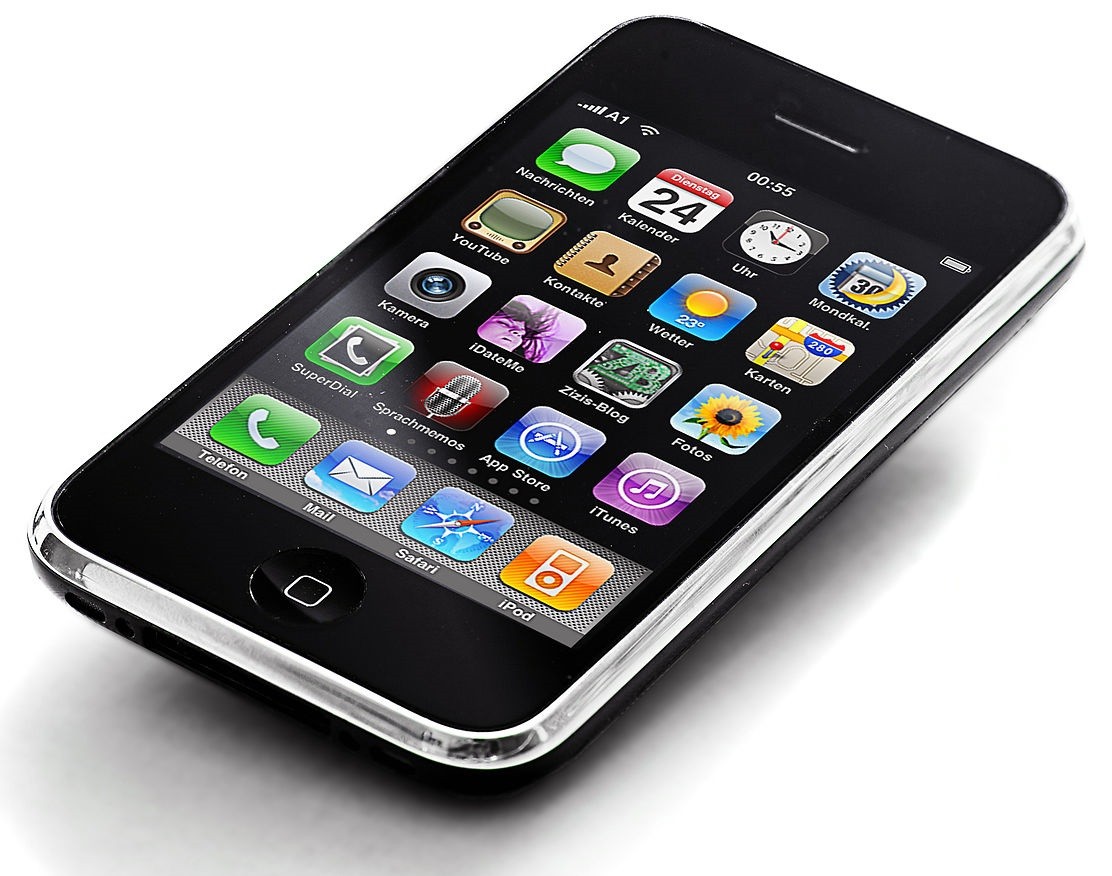
A new government study suggests that cell phone radiation can increase the risk for some tumors, at least in male rodents.
What the findings mean for humans, however, isn’t exactly clear.
Male Rodents Exposed to Cell Phone Radiation Were More Likely to Develop Heart Tumors
The study, which was conducted by the National Toxicology Program (NTP) at the behest of the U.S. Food & Drug Administration (FDA), involved more than 3,000 male and female rats and mice that were exposed to the same kinds of radiation emitted by cell phones. Exposure occurred for 9 hours each day over a period of 2 years.
The radiofrequency waves used in the study were the same kind used in 2G and 3G wireless networks. They are also used in 4G networks for voice calls and texts.
The male rodents exposed to radiation did show a small increase in the risk for a specific type of heart tumor called schwannomas. However, the increased risk was not seen in the study’s female rats, possibly because their smaller bodies absorbed less radiation.
FDA Claims that Study Findings May Not Apply to Humans
The FDA has cautioned that the study’s findings should not be applied to humans.
For one thing, two years in a rodent lifespan is roughly equivalent to 70 years in the life of a human. The animals in the study were also exposed to far higher levels of radiation than a person could ever come in contact with over the course of their lifetime.
“Looking at the results in animals, the conclusions still require careful discussion, as our preliminary understanding of the NTP results is that the study found mostly equivocal, or ambiguous, evidence that whole body radiofrequency energy exposures given to rats or mice in the study actually caused cancer in these animals,” Jeffrey Shuren, M.D., J.D., director of the FDA’s Center for Devices and Radiological Health, said in a statement announcing the findings.
Experts Continue to Call for Caution on Cell Phone Radiation
While cell phone radiation limits are set by the Federal Communication Commission, it’s up to the FDA to suggest what limits are safe. And for now, at least, the agency has indicated that it’s fine with the current limits.
Yet many experts continue to call for caution.
“There have been a number of studies that have consistently shown damage to DNA from cellphone radiation,” Devra Davis, PhD, a toxicologist who once reviewed studies for the NTP, told WebMD.com “Animal testing is done to predict effects in humans.”
Among other things, Davis suggested that cell phones are safer when they are set on speaker or used with a headset. She also advised that people who carry their cell phones next to their body should set the devices on “airplane mode”, which emits less radiation.
Finally, Davis cautioned parents to be particularly careful when it comes to children and cell phones, as their brains are still developing and could be especially vulnerable to the effects of radiation.